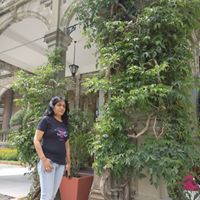Where is Budj Bim, one of the world’s most extensive and oldest aquaculture systems, located?
The Budj Bim Cultural Landscape, located in the traditional Country of the Gunditjmara people in south-eastern Australia, consists of three serial components containing one of the world’s most extensive and oldest aquaculture systems.
Over a period of at least 6,600 years the Gunditjmara created, manipulated and modified these local hydrological regimes and ecological systems. They utilised the abundant local volcanic rock to construct channels, weirs and dams and manage water flows in order to systematically trap, store and harvest kooyang (short-finned eel) and support enhancement of other food resources. The highly productive aquaculture system provided an economic and social base for Gunditjmara society.
This deep time interrelationship of Gunditjmara cultural and environmental systems is documented through present-day Gunditjmara cultural knowledge, practices, material culture, scientific research and historical documents. It is evidenced in the aquaculture system itself and in the interrelated geological, hydrological and ecological systems.
More Info:
whc.unesco.org
